Difference between h11 and h13 – What is the difference between h11 and h13? This article will introduce the difference between them.
1. What is h11 and h13 steel?
H11 compare H13
H11 : It is relatively low in carbon content and has good toughness and deep hardens by air quench from heat treatment.
H13 : Due to its high toughness and excellent heat treatment stability, H13 can also be used in a variety of cold working tools
2. Chemical composition
| Steel Grade | C% | Si% | Mn% | P%≤ | S%≤ | Cr% | Mo% | V% |
| 1.2344 | 0.35-0.42 | 0.8-1.2 | 0.25-0.50 | 0.03 | 0.02 | 4.80-5.50 | 1.20-1.50 | 0.85-1.15 |
| Grade | C | Si | Mn | P | S | Cr | Mo | V |
| 1.2343 | 0.36-0.42 | 0.90-1.20 | 0.30-0.50 | 0.030 Max | 0.030 Max | 4.80-5.80 | 1.10-1.40 | 0.25-0.50 |
3. Application
H11 is often used for highly stressed structural parts such as aircraft landing gear
H11 is common in Europe
H13Used in die casting mould, die casting sleeve, hot forging mould, extrusion mould and plastic mould cavity
H13 is the main material in the United States
According to the use condition of the mould factory, the 1.2344 more wear-resistant. Generally speaking, the service life of 1.2344 will be longer than 1.2343 in the same product, but the price almost the same, that’s why most customers prefer 1.2344, so we offer both 1.2344 and 1.2343 for your reference.
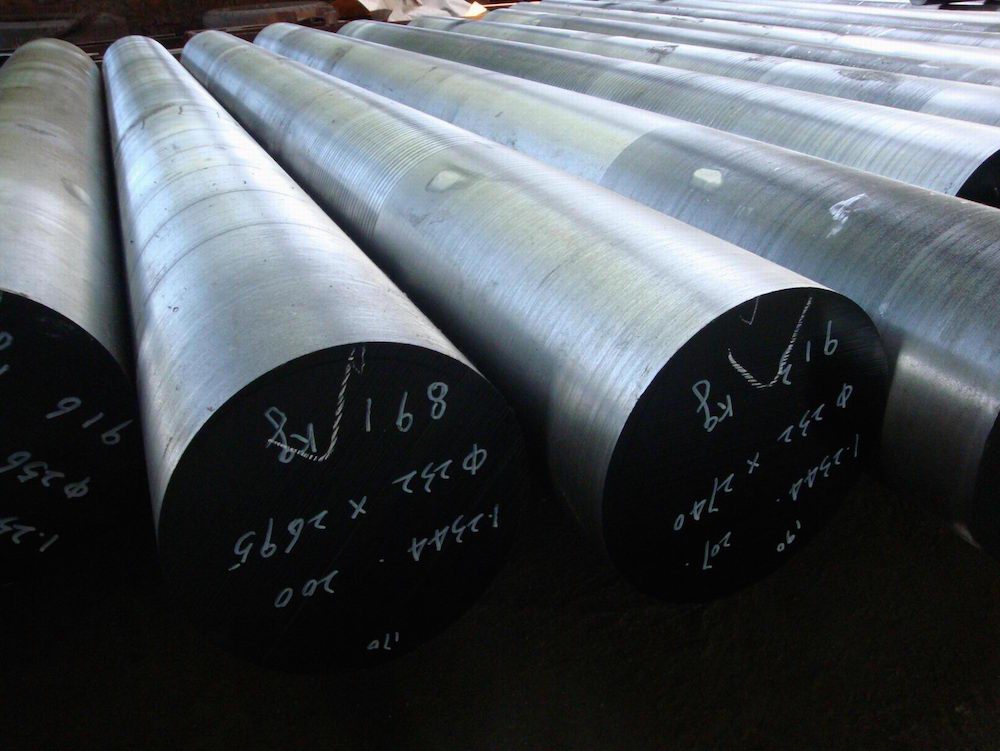
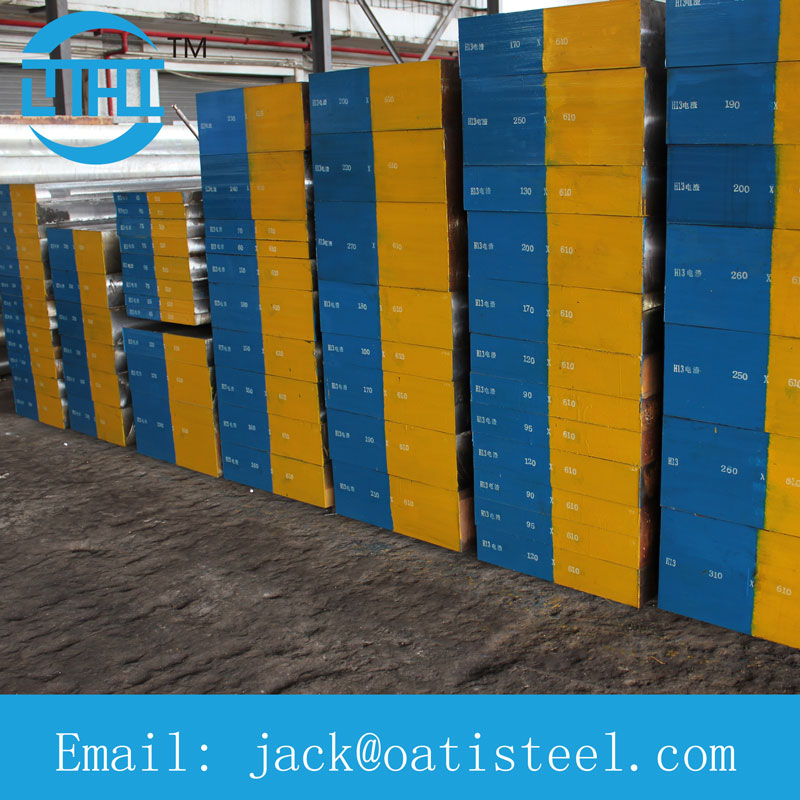 COMPOSITION
COMPOSITION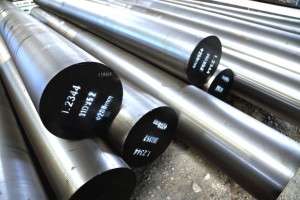
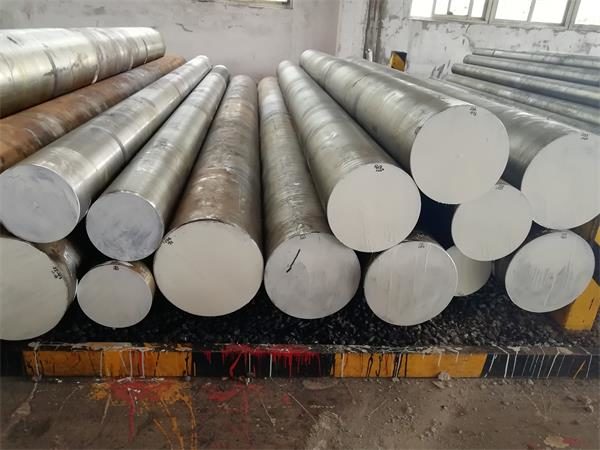
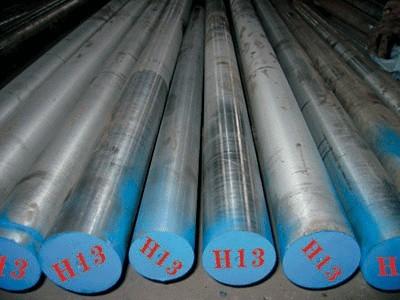 H13 steel equivalent
H13 steel equivalent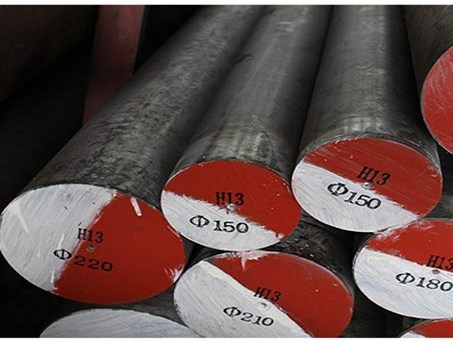 h13 tolerance :
h13 tolerance :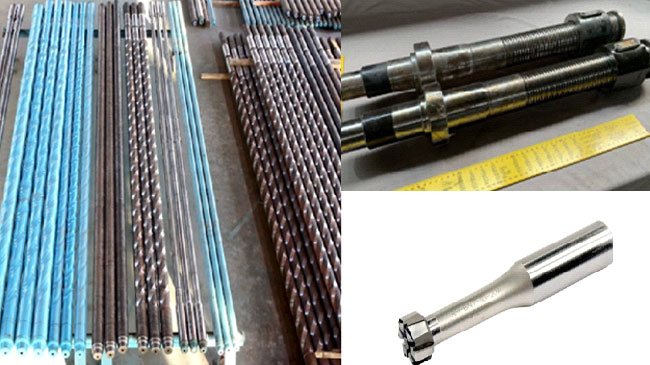
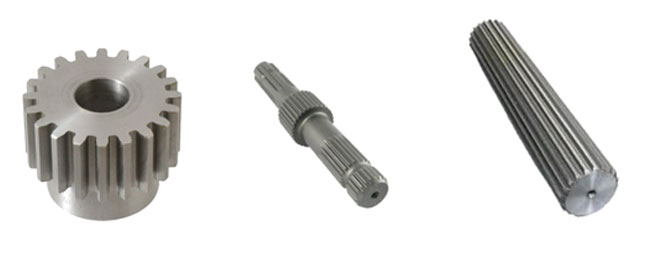
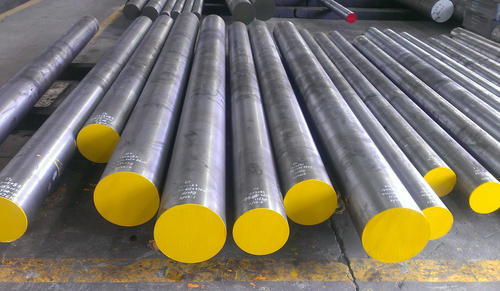 SAE 8620 Steel Specification and Relevant Standards
SAE 8620 Steel Specification and Relevant Standards 8620 Material description
8620 Material description